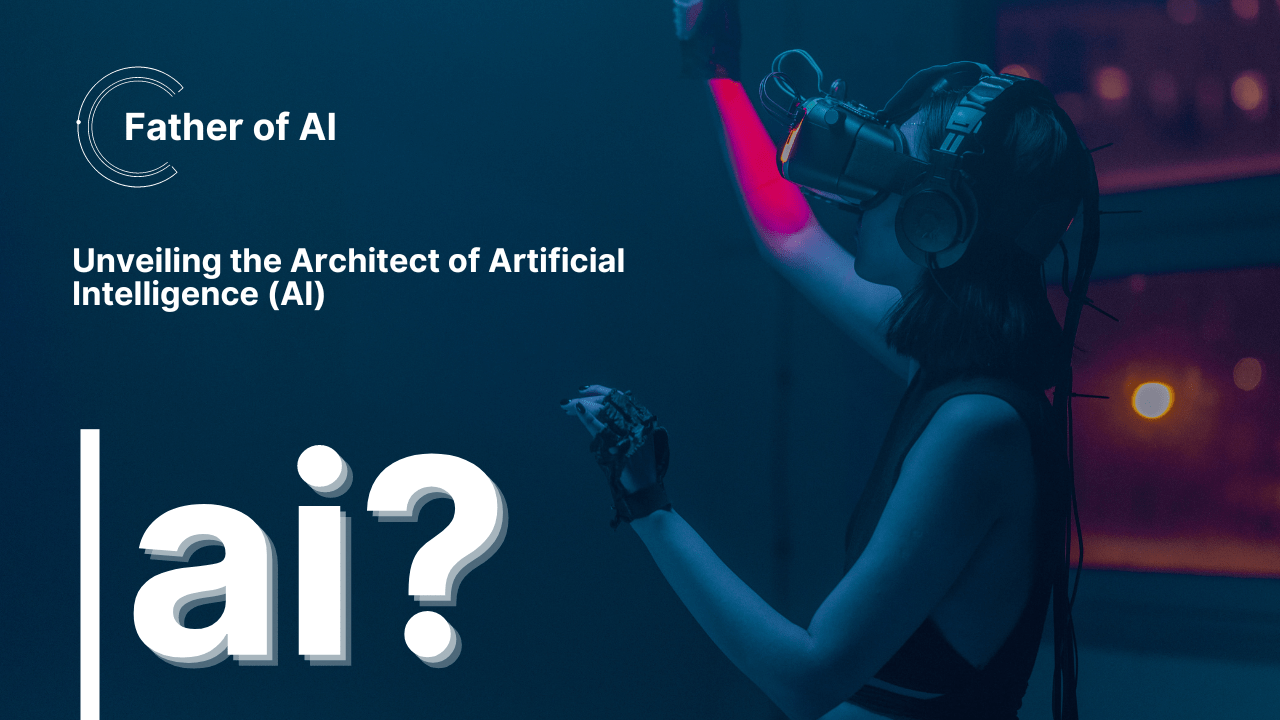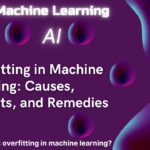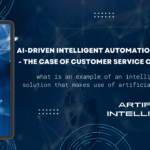In the realm of technological innovation, the question of who deserves the title of the “father of AI” is a subject of intrigue and debate. Artificial Intelligence (AI) has transformed our world, revolutionizing industries and reshaping how we interact with technology. But amid the myriad contributions from brilliant minds over the years, who can truly be credited as the visionary who birthed this dynamic field? In this exploration, we embark on a journey to uncover the key figures and their indelible impacts on AI’s inception and evolution.
Setting the Stage for the Father of AI
Before delving into the contenders for the title, it’s essential to understand the factors that make an individual worthy of this honor. AI is a multidisciplinary domain that encompasses machine learning, neural networks, robotics, natural language processing, and more. Thus, the father of AI is not merely an individual but a symbol representing the collective genius that has brought this field to life.
Alan Turing: A Catalyst for Computation and Thought
The name of Alan Turing is a cornerstone in the history of AI. Renowned for his profound contributions to computer science, Turing’s legacy resonates through his groundbreaking concept of the “Turing machine” in the 1930s. This theoretical device formed the bedrock of modern computing, demonstrating the fundamental principles of computation and algorithms.
While Turing’s initial focus was on the theoretical aspects of computation, his broader vision encompassed the idea of machines simulating human intelligence. His iconic “Turing test,” introduced in his 1950 paper “Computing Machinery and Intelligence,” ignited the debate about machine intelligence. This test proposed that a machine could be considered intelligent if it could generate responses indistinguishable from those of a human. While Turing’s vision was far-reaching, some argue that his emphasis was more on computation and machine intelligence rather than what we perceive as AI today.
John McCarthy: The Architect of AI Terminology
John McCarthy, often hailed as the “father of AI,” played a pivotal role in shaping the field by coining the term “artificial intelligence.” His influence extended beyond nomenclature; in 1956, McCarthy organized the Dartmouth Workshop, a historic event that marked the formal birth of AI as a distinct academic discipline. This workshop brought together a diverse group of researchers, laying the foundation for collaborative exploration and innovation in AI.
McCarthy’s vision stretched beyond mere nomenclature. He envisaged AI as an exploration into creating machines capable of replicating human thought processes, reasoning, and problem-solving abilities. His development of the LISP programming language facilitated experiments in symbolic reasoning, a crucial element of AI research. McCarthy’s contributions were not limited to academia; they resonated through the nascent AI community, forging the path that AI would traverse in the years to come.
Marvin Minsky: Pushing Boundaries with Cognitive Science
Marvin Minsky, a name often mentioned alongside John McCarthy, co-founded the Massachusetts Institute of Technology’s AI Laboratory. Minsky’s contributions transcended traditional AI research, delving into cognitive science and human perception. His work became foundational in the study of neural networks and their implications for AI.
Minsky’s impact reverberated through his co-authorship of “Perceptrons,” a groundbreaking book that initially highlighted the limitations of neural networks but ultimately kindled a resurgence of interest in the field. The collaborative synergy between Minsky and McCarthy exemplified the fusion of their expertise, resulting in advancements that breathed new life into AI research.
Herbert Simon: Bridging Cognition and AI
Herbert Simon, a towering figure in cognitive psychology, seamlessly integrated his insights into AI research. His exploration of human decision-making, problem-solving, and reasoning presented a bridge between cognitive psychology and AI. Simon’s work demonstrated that computers could mimic human thinking processes, leading to the creation of the “general problem solver.”
Simon’s interdisciplinary approach underscored the connection between AI and human cognition. His work emphasized that AI was not just about computational efficiency but also about understanding the intricacies of human thought—an insight that continues to influence AI research today.
The Tapestry of Collaboration: AI’s Collective Growth
The journey to identify the “father of AI” unfolds as a tapestry woven with the threads of collaboration, innovation, and collective brilliance. While Alan Turing, John McCarthy, Marvin Minsky, and Herbert Simon stand as luminaries, the story of AI’s evolution is enhanced by the contributions of countless researchers, engineers, and visionaries who have shaped the field’s trajectory.
From the emergence of neural networks and the power of deep learning to the advancement of natural language processing and the evolution of robotics, every stride in AI’s journey is a testament to the unified efforts of a global community of thought leaders. The “father of AI” is a title that encapsulates not the identity of a solitary individual but the spirit of cooperation that propels technological advancement forward.
Conclusion: The Collective Vanguard of Innovation
In the ongoing quest for the “father of AI,” we uncover a mosaic of innovators—each with their unique contributions. However, the title transcends the confines of an individual’s name; it symbolizes the convergence of diverse minds that have sculpted AI’s destiny.
The heart of the “father of AI” rests not with a solitary soul but within the symphony of collaboration, the essence of human ingenuity working in unison. Just as AI stretches beyond the limitations of human cognition, the pursuit of its origins showcases the profound impact of collective wisdom and unity on forging the future of technology and human progress.










